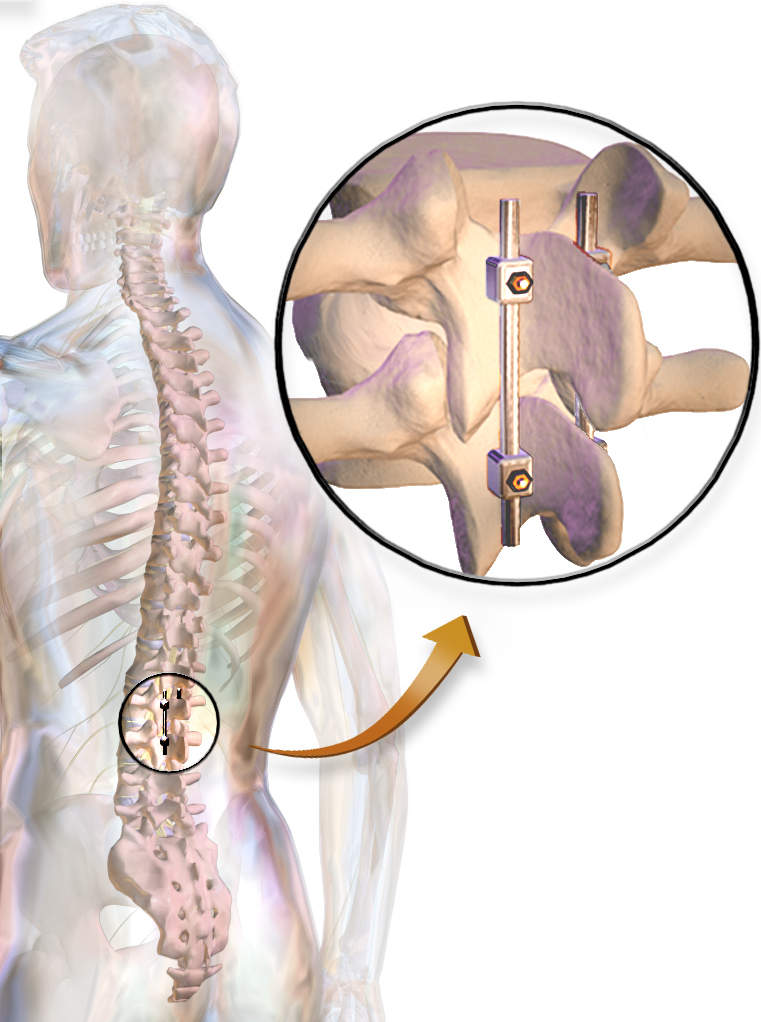Va Rating For Back Fusion
fusion rating wallpaperThe good news is that the episodes do not have to be two weeks in a row. A lumbosacral strain diagnostic code is 5237.

Va Disability For Spinal Stenosis Can Be Easily Misdiagnosed And Denied
Unfavorable Ankylosis does bring in higher VA Ratings than favorable.

Va rating for back fusion. Ratings between 10 and 40 are given in part based on your ability to bend forward and move in the other 5 directions. VA Disability Ratings for Spinal Stenosis. The Musculoskeletal System is vast and.
For instance the VA. In VAs rules incapacitating episodes means signs and symptoms that your doctor says require bedrest that your doctor orders. 100 unfavorable ankylosis of the entire spine.
Spinal fusion diagnostic code 5241. To qualify for a 50 percent rating a veteran would need to have unfavorable ankylosis of the entire thoracolumbar spine Because of that qualifying for a 50 percent rating for a thoracolumbar spine disability is very difficult. The reason for this low rating is based on the history of disability rating.
Ratings between 50 and 100 are based on the level of ankylosing spondylitis present. Veterans can download an image of the VA rating for back pain. VA rates spinal fusion according to 38 CFR 471a Schedule of Ratings Musculoskeletal System Diagnostic Code 5241 and the criteria is based largely on a veterans range of motion.
The VA disability rating system for spinal. Specifically VA uses the General Rating Formula for Diseases and Injuries of the Spine as follows. It is thus surprising that Veterans receive disability ratings of 10 to 20 for back injury but receive much higher ratings and unemployability for conditions like depression or cardiac disease.
Of course a limited range of motion is not the only way to get VA disability for back problems. VA Rating for Back Pain. Having back pain or some limitations alone will not be enough to qualify for the 20 percent VA rating since VA defines incapacitating episodes.
Technically the highest VA rating for a thoracolumbar spinal disability is 50 percent. Or combined range of motion of the thoracolumbar spine greater than 120 degrees but not greater than 235 degrees. If the condition is not severe enough to meet the.
10 forward flexion of the thoracolumbar spine greater than 60 degrees but not greater than 85 degrees. Evaluate intervertebral disc syndrome preoperatively or postoperatively either under the General Rating Formula for Diseases and Injuries of the Spine or under the Formula for Rating Intervertebral Disc Syndrome Based on Incapacitating Episodes whichever method results in the higher evaluation when all disabilities are combined under 425. The Back and Spine Overview.
For VA compensation purposes normal forward flexion of the cervical spine is zero to 45 degrees extension is zero to 45 degrees left and right lateral flexion are zero to 45 degrees and left and right lateral rotation are zero to 80 degrees. The ratings for this condition may range from 10 to 100. The VA awards disability compensation for each Back and Spine condition that is service-connectedThe DoD will also rate service-connected conditions as long as they also make the service member Unfit for DutyFor Reservists the condition must have occurred in or resulted from an injury in the Line of Duty to qualify.

